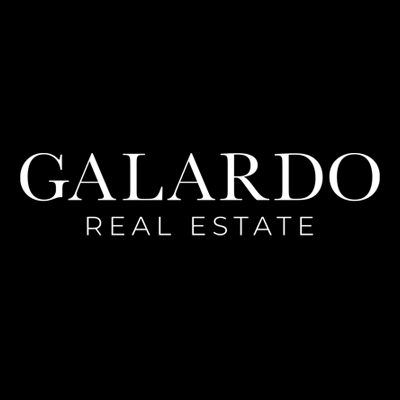
The history of the neighbouring “Izgrev” and “Iztok” districts is worthy of a high-end prestige television series. At the beginning of the 1920’s, the city did not yet reach all the way there – between the eastern edge of Sofia and the nearby village of Slatina, there were only beautiful meadows called “Bourchier’s Green” after James Bourchier 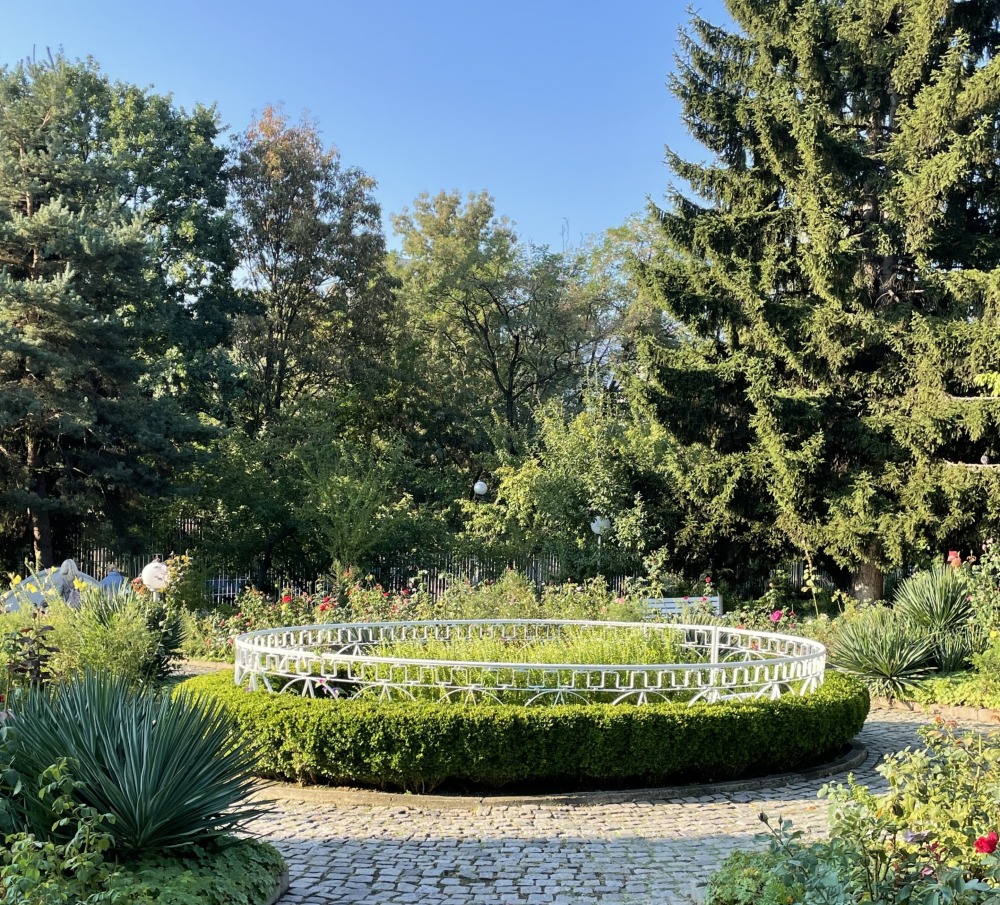 – the Irish correspondent on the Balkans who championed the Bulgarian cause before the country was freed from Ottoman rule and was so taken up with Bulgaria that he stayed and was eventually buried on the grounds of Rila Monastery. The grateful government of the new Bulgarian state gifted to him several acres of land east of the city, and in his final will, James Bourchier left them to his butler. At this point in history enters none other than Petar Danov – the famed Bulgarian spiritual leader who founded the religious movement The White Brotherhood. After his graduation from an American Methodist college, young Danov returned to Bulgaria and gradually surrounded himself with a growing community of acolytes who took to heart his ideas about spiritual growth. Key among them was the ritual of celebrating the sun as a symbol of divinity, and for the Danovists of Sofia, there was no better place to do it than Bourchier’s Green. Some of them went all the way and settled there, living in tents and improvised shacks, starting a spiritual camping spot of sorts. Over the years, they bought the land they were living on from James Bourchier’s butler and named their settlement “Izgrev” (“Sunrise”). After Danov died in 1944, his followers obtained a special permit by the new Communist government to bury him in “Izgrev”, by 1976
– the Irish correspondent on the Balkans who championed the Bulgarian cause before the country was freed from Ottoman rule and was so taken up with Bulgaria that he stayed and was eventually buried on the grounds of Rila Monastery. The grateful government of the new Bulgarian state gifted to him several acres of land east of the city, and in his final will, James Bourchier left them to his butler. At this point in history enters none other than Petar Danov – the famed Bulgarian spiritual leader who founded the religious movement The White Brotherhood. After his graduation from an American Methodist college, young Danov returned to Bulgaria and gradually surrounded himself with a growing community of acolytes who took to heart his ideas about spiritual growth. Key among them was the ritual of celebrating the sun as a symbol of divinity, and for the Danovists of Sofia, there was no better place to do it than Bourchier’s Green. Some of them went all the way and settled there, living in tents and improvised shacks, starting a spiritual camping spot of sorts. Over the years, they bought the land they were living on from James Bourchier’s butler and named their settlement “Izgrev” (“Sunrise”). After Danov died in 1944, his followers obtained a special permit by the new Communist government to bury him in “Izgrev”, by 1976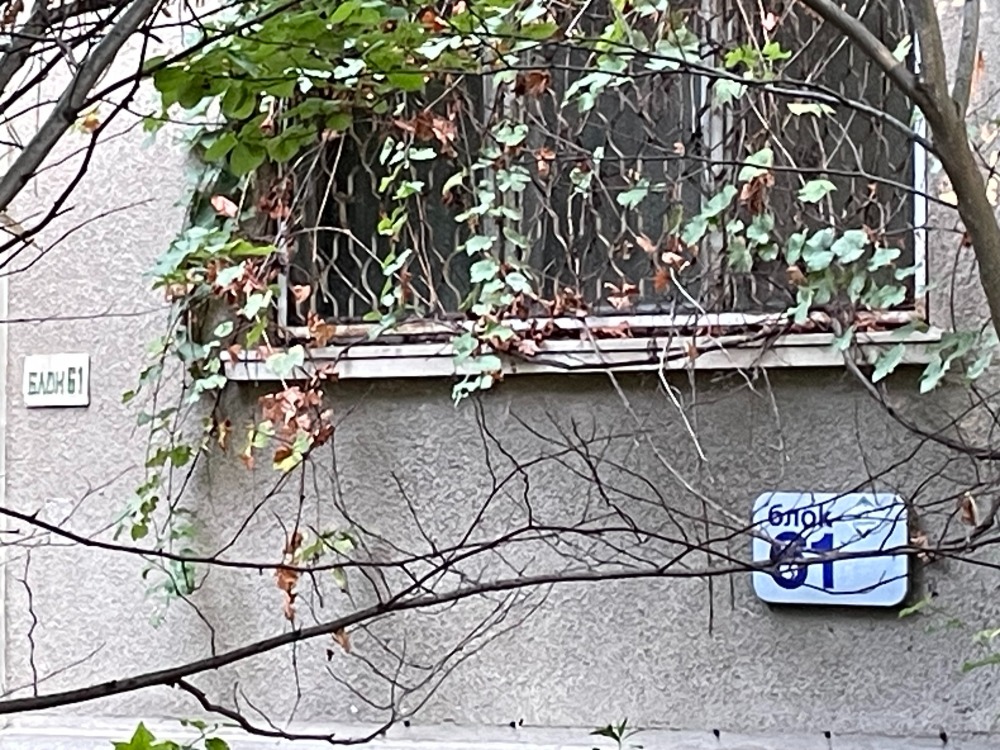 the Socialist cultural committee led by Ludmila Zhivkova (daughter of Bulgaria’s head of state Todor Zhivkov) gave Danov’s tomb the status of a protected landmark, and in 1998, it was proclaimed a cultural monument of national significance. Meanwhile – since the 1960’s – construction began in earnest in the land once occupied by the Danovists’ settlement, Bourchier’s Green and the village of Slatina. As per the city motto, “Sofia grows but it does not grow old” – and it requires the land for it. The “Izgrev” neighbourhood kept the name of the former settlement and as for the name of “Iztok”, it was the obvious choice since at that time it was the easternmost Sofia neighbourhood – “Mladost” was still a twinkle in the eyes of Socialist architects who had only recently begun to masted the Black arts of (Stalinist USSR-inspired) panel construction. Unlike their later neighbours east of heaven, “Izgrev” and “Iztok” were planned as high-end residential districts and they remain such to this day. They hosted the embassies of the USSR (now Russia), Germany, Japan, Cuba, Finland, Mongolia, Sudan, Iraq and other countries. At the border of “Iztok” and “Borisova Gradina” (Sofia’s central park) was built the Moscow Park Hotel,
the Socialist cultural committee led by Ludmila Zhivkova (daughter of Bulgaria’s head of state Todor Zhivkov) gave Danov’s tomb the status of a protected landmark, and in 1998, it was proclaimed a cultural monument of national significance. Meanwhile – since the 1960’s – construction began in earnest in the land once occupied by the Danovists’ settlement, Bourchier’s Green and the village of Slatina. As per the city motto, “Sofia grows but it does not grow old” – and it requires the land for it. The “Izgrev” neighbourhood kept the name of the former settlement and as for the name of “Iztok”, it was the obvious choice since at that time it was the easternmost Sofia neighbourhood – “Mladost” was still a twinkle in the eyes of Socialist architects who had only recently begun to masted the Black arts of (Stalinist USSR-inspired) panel construction. Unlike their later neighbours east of heaven, “Izgrev” and “Iztok” were planned as high-end residential districts and they remain such to this day. They hosted the embassies of the USSR (now Russia), Germany, Japan, Cuba, Finland, Mongolia, Sudan, Iraq and other countries. At the border of “Iztok” and “Borisova Gradina” (Sofia’s central park) was built the Moscow Park Hotel,  a marvel of its time, where all high-ranking guests of the capital were accommodated (and if rumours are to be believed – eavesdropped upon by the secret police as all the rooms in the hotel were outfitted with listening devices). Frederic Joliot-Curie street was lined with the so-called “Diplomatic Blocks” with apartments for the regular employees of the foreign embassies. And in the houses and elegant apartment buildings on the quiet streets (many of which are now named after them) worked writers, journalists, scientists, music composers and other intellectuals, even though they were sometimes at odds with the ruling powers. (The most famous example of the latter being Bulgarian poet Radoi Ralin, whose name now bears the square in front of the former cinema.)
a marvel of its time, where all high-ranking guests of the capital were accommodated (and if rumours are to be believed – eavesdropped upon by the secret police as all the rooms in the hotel were outfitted with listening devices). Frederic Joliot-Curie street was lined with the so-called “Diplomatic Blocks” with apartments for the regular employees of the foreign embassies. And in the houses and elegant apartment buildings on the quiet streets (many of which are now named after them) worked writers, journalists, scientists, music composers and other intellectuals, even though they were sometimes at odds with the ruling powers. (The most famous example of the latter being Bulgarian poet Radoi Ralin, whose name now bears the square in front of the former cinema.)
The boundaries of “Iztok” and “Izgrev” are well outlined. The two neighbourhoods begin from “Borisova Gradina” and “Iztok” ends at “G. M. Dimitrov” boulevard, with the “Mladost 1” residential district on the other side. The remaining two sides of the rectangle are formed by the boulevards “Tsarigradsko Shosse” and “Dragan Tsankov”. The largest line of the Sofia underground runs along the latter, while the former is the largest traffic artery in the city. All owners of automobiles registered in Sofia have spent at least one day of their lives in “Iztok”, as the Sofia branch of DMV is there. Just opposite is a more contemporary landmark, popular mainly with Sofia’s foreign visitors: 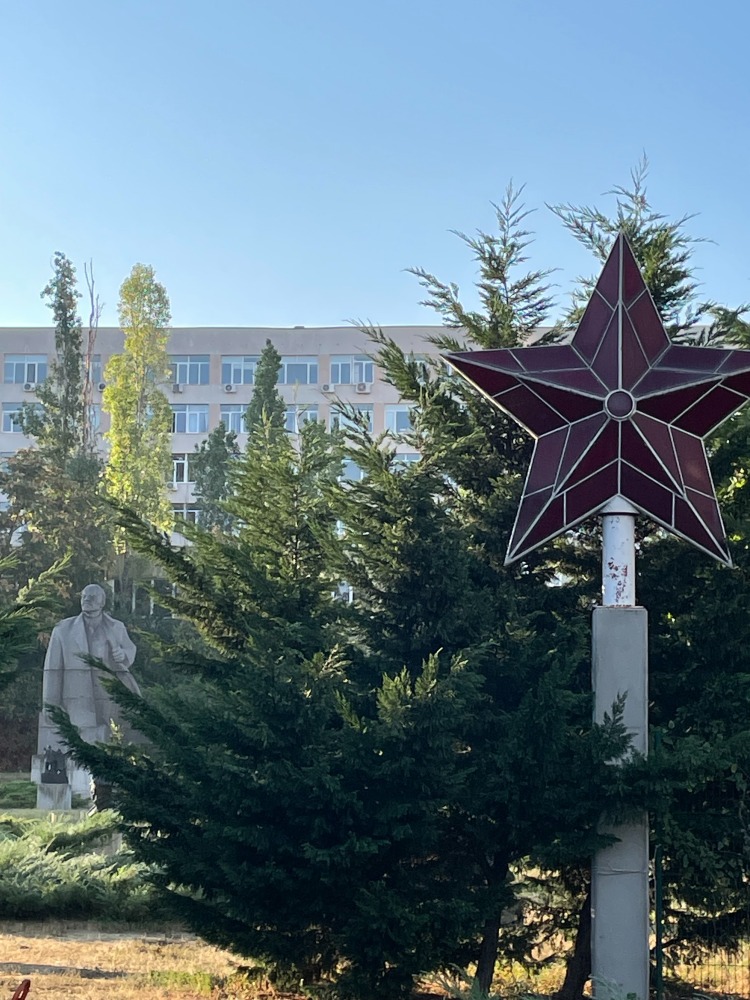 the Museum of Socialist Art which houses both the gigantic “ruby” five-pointed star once displayed on the Bulgarian Communist Party headquarters roof and the largest statue of former Communist leader Georgi Dimitrov. (Which once grimly kept an eye on said headquarters from the spot now occupied by the statue of St. Sophia.) In recent years, there is a modern complex of high-rise office and residential buildings growing along “Dragan Stankov” boulevard, most of them making the once impressive “World Trade Center” of “Interpred” look like an aging dwarf.
the Museum of Socialist Art which houses both the gigantic “ruby” five-pointed star once displayed on the Bulgarian Communist Party headquarters roof and the largest statue of former Communist leader Georgi Dimitrov. (Which once grimly kept an eye on said headquarters from the spot now occupied by the statue of St. Sophia.) In recent years, there is a modern complex of high-rise office and residential buildings growing along “Dragan Stankov” boulevard, most of them making the once impressive “World Trade Center” of “Interpred” look like an aging dwarf. 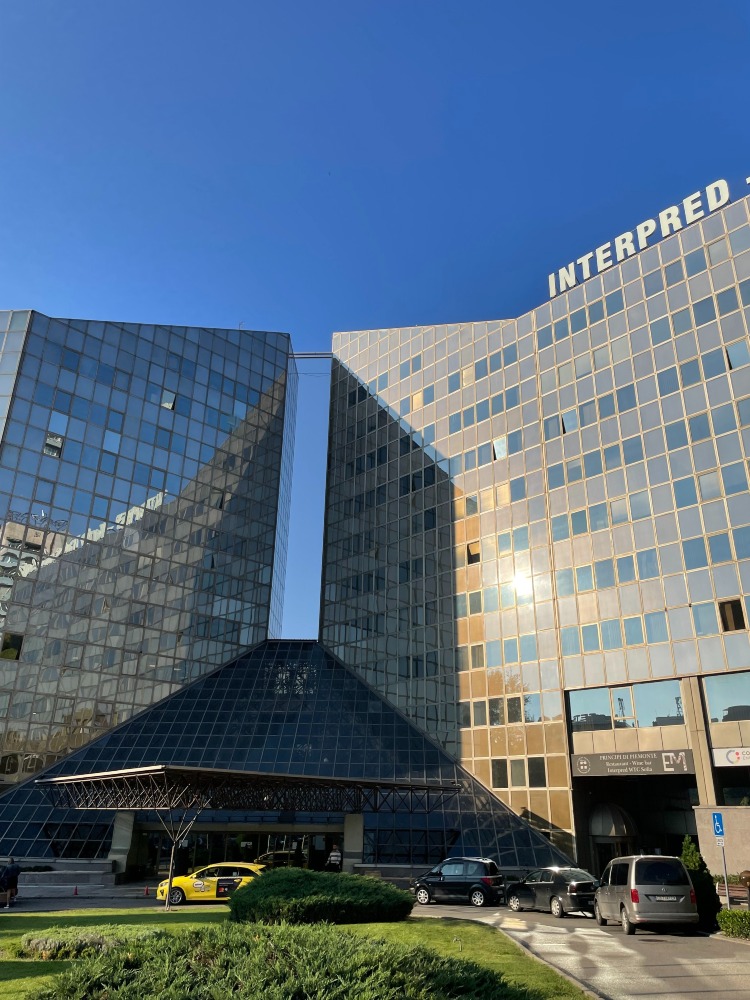 But it is enough to go a few blocks down, towards “Tsarigradsko Shosse” boulevard, to immerse yourself in the exquisite comfort of “Iztok” as it always was.
But it is enough to go a few blocks down, towards “Tsarigradsko Shosse” boulevard, to immerse yourself in the exquisite comfort of “Iztok” as it always was.